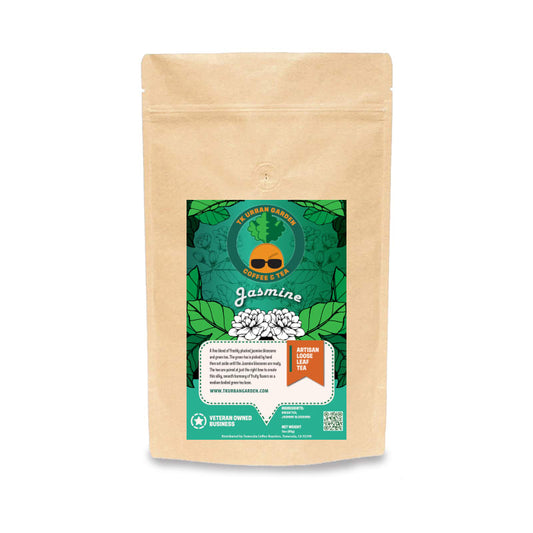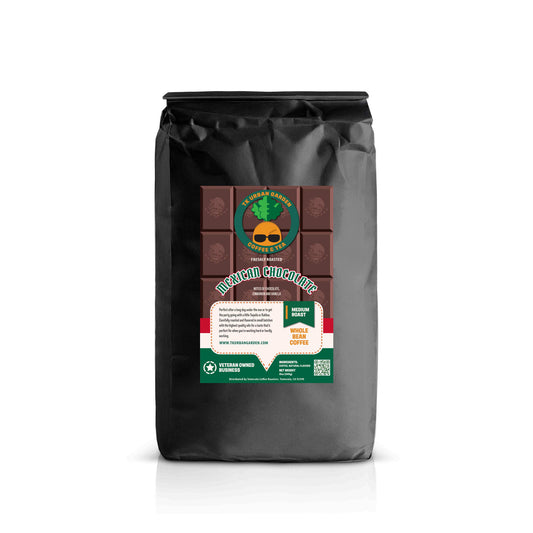Okay, friends, let's talk sourdough. That bubbly, tangy, sometimes-smelly, always-demanding pet you keep in your fridge. Yes, I'm talking about your starter. Or in my case, starters. I've got a whole family going on here! We've got Phoebe's Daughter (from a garden friend!), Nini (my super bubbly daughter's namesake!), and the grand dame of the group, Berberian Sourdough, a 400-year-old German heirloom!
We've all been there. Staring into the jar, wondering if that slightly-off layer is kahm yeast (the villain!) or just a sleepy starter. Fear not, fellow bakers! Feeding your sourdough starter (or starters!) doesn't have to be a terrifying ordeal. It can be… dare I say… fun? (Okay, maybe not fun fun, but satisfying-I-created-life-from-flour-and-water fun.)
This blog post is your guide to decoding the mysteries of starter feeding, especially when you have a crew like mine. No more Googling "sourdough starter looks like alien" at 3 AM. We're going to break it down, step by slightly-sticky-with-dough step.
The Basics (Because You Gotta Start Somewhere):
- What is a starter, anyway? It's a living colony of wild yeasts and bacteria that make your bread rise. Think of it as a tiny, flour-powered party in a jar. In my case, I have a few different parties happening!
- Why do we feed it? Because those little yeasties and bacteria are hungry! They need fresh flour and water to keep partying (and making your bread delicious). And each starter has its own preferred party snacks, it seems!
- How often? This depends on your starter, how you keep it (fridge vs. room temp), and its personality. We'll get to that.
The Feeding Frenzy (aka, What to Do):
- Scoop Out the Discard: This is the part that feels wasteful, but trust me, it's necessary. Think of it as thinning the herd. You're getting rid of the less active starter to make room for the fresh, bubbly goodness. (Don't throw it away! Use it for crackers, pancakes, or even face masks… okay, maybe not face masks.)
- Add Fresh Flour and Water: The ratio is key here. A common starting point is 1:1:1 (starter:flour:water). So, if you have 100g of starter, add 100g of flour and 100g of water. However, I've noticed Nini, my super bubbly starter, seems to prefer a slightly higher ratio of water. Phoebe's Doughter is a bit more finicky and likes a specific type of flour. Berberian Sourdough, being the wise old starter it is, seems to adapt to almost anything! Experiment with different ratios later, but keep it simple at first.
- Mix it Up: Get in there with a spoon (or your impeccably clean hands) and mix everything until it's a smooth, creamy consistency. Think thick pancake batter.
- Mark the Level: Use a rubber band or a marker to note the starting level of your starter. This helps you track its rise.
- Wait and Watch: This is the fun part! (Okay, maybe I’m overselling it.) You'll see your starter rise, double in size (hopefully!), and become bubbly. This usually takes a few hours, depending on the temperature...and the starter! Nini rises like a rocket, while Phoebe's Doughter takes her sweet time.
Tips and Tricks (Because We All Need Them):
- Temperature Matters: Warmer temperatures make your starter rise faster. Cooler temperatures slow it down. I keep my starters in a slightly warm spot in my kitchen.
- Consistency is Key: Your starter should be thick but pourable. If it's too thick, add a little more water. Too thin? Add more flour. Each of my starters has its own ideal consistency.
- Listen to Your Starter: It will tell you when it's ready. Look for bubbles, a pleasant tangy smell, and a doubled-in-size appearance. With my diverse crew, I've learned to pay close attention to their individual cues.
- Don't Be Afraid to Experiment: Once you get the hang of it, you can try different flours, ratios, and feeding schedules. This is especially fun with multiple starters! Trying different flours with each one has been a real adventure.
The Bottom Line:
Feeding your sourdough starter (or starters!) is a journey, not a destination. There will be bumps (and maybe some funky smells) along the way. But with a little patience and a lot of love (or at least tolerance), you'll be baking delicious, tangy bread in no time. Now go forth and feed your beast (and her daughters)! And if you have any questions, leave a comment below! We're all in this sourdough saga together. Especially those of us with starter families!








